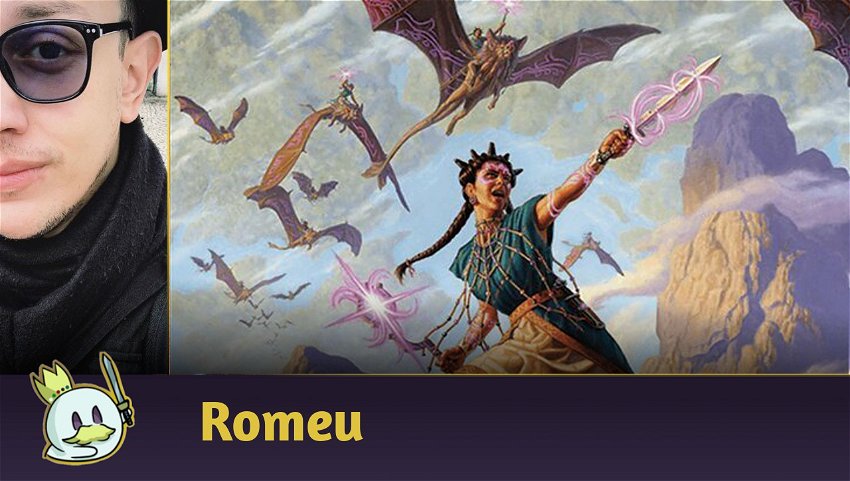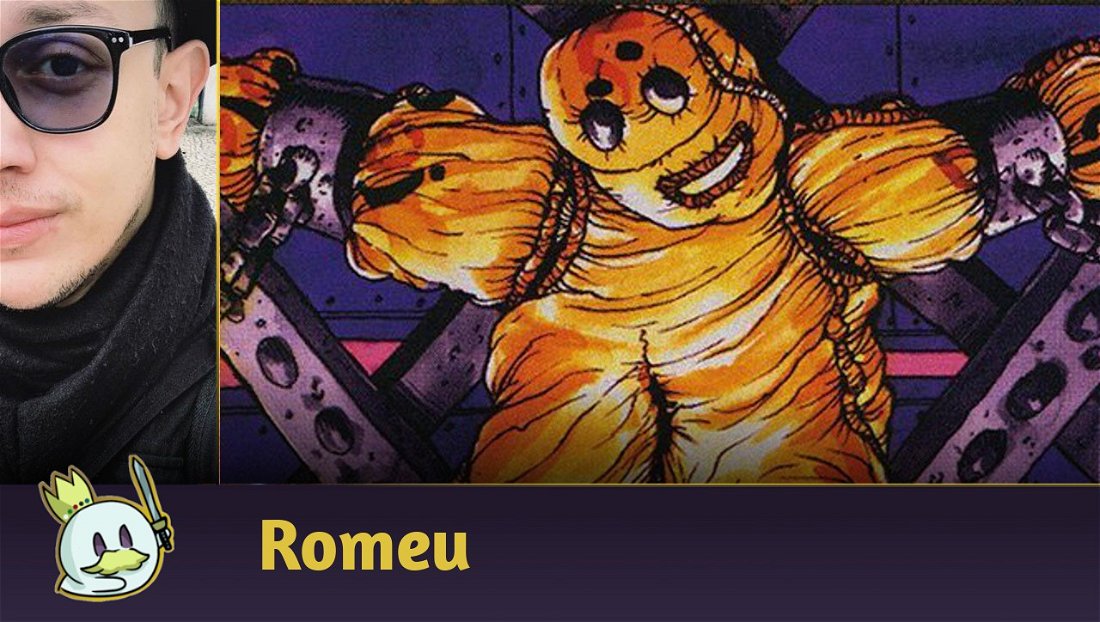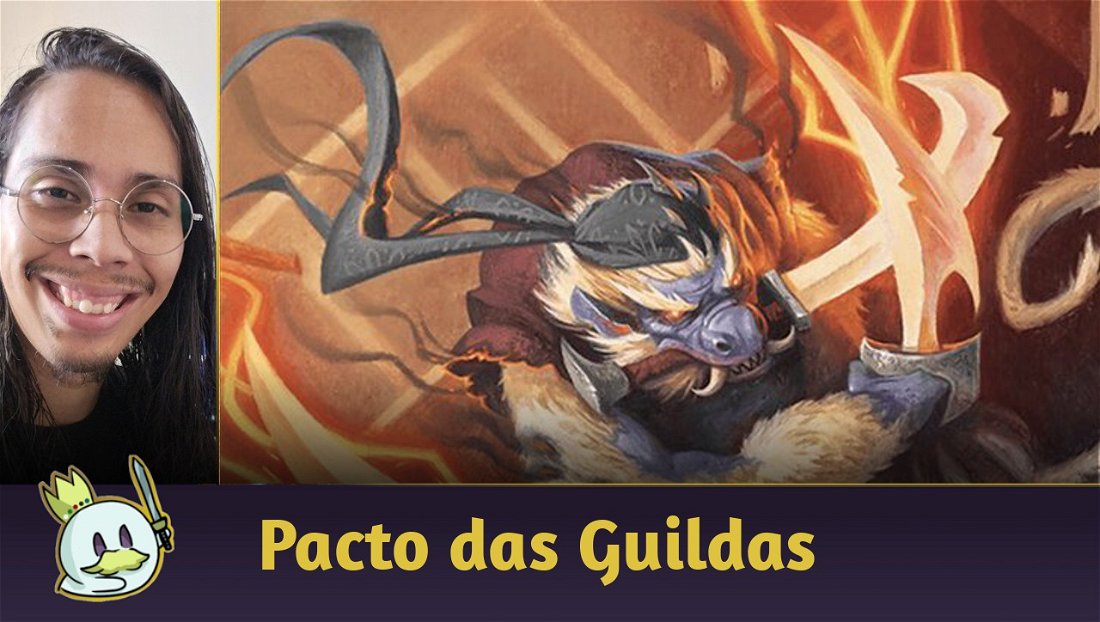As we approach the first previews of Outlaws of Thunder Junction, Standard continues to receive innovations and new techs coming from Murders at Karlov Manor.
With the addition of Novice Inspector and Case of the Filched Falcon, players now explore a variant of aggressive decks in 
In this article, we delve into the format's latest hype, and present a guide to playing it against the main competitors in the current Metagame!
What is Azorius Artifacts?

The Azorius Artifacts, or Azorius Artifact Aggro, is a new variant of the various aggressive archetypes in the 
season.
Its strategy consists of using creatures that generate artifact tokens alongside cards that care about them to establish a clock, either with Warden of the Inner Sky filtering the quality of draws while turning into a threat in a few turns, or with Zoetic Glyph to turn them into a four-turn clock while generating value if the artifact is destroyed.
As a strategy with a high level of synergy, Azorius Artifacts can establish extremely unfair and powerful plays in the first turns, forcing opponents to spend resources to avoid a quick defeat. On the other hand, this same synergy can turn against its controller in the face of very disruptive archetypes, where our top can punish us by bringing in the “wrong half” of our list.
It's an excellent deck to play right now and has good longevity in the future rotation. Therefore, it is a good recommendation for players looking for a solid strategy, but one that is not a waste of investment.
The Decklist
This is the list I ran in Magic Arena ranked matches last week:
This version is much closer to the list used by the player Hamuda in some Standard Challenges, being the ideal starting point for us to change some numbers according to the Metagame.
Most of the cards in Azorius Artifacts make up a well-structured list with few flexible slots, although some players choose to cut cards like Steel Seraph or The Wandering Emperor in exchange for other options.
Its core is made up, in essence, of enough artifacts and rewards to maintain a cohesive strategy plus a disruption package to interact with the opponent, even a more Budget-friendly version is possible if we just focus on the cheap key pieces and maximize the space for counterspells and removals.
Maindeck

Our enablers. The three creatures above create an artifact token when they come into play, allowing Warden of the Inner Sky to have their first activation on turn two, in addition to being able to turn them into creatures with Zoetic Glyph.
Norn's Inquisitor is a little above the ideal mana curve for this deck, it adds up to four power with a single card for two mana while interacting with our strategy, making it a viable option for us to keep the pressure even in the face of a sweeper.

Our payoffs.
Warden of the Inner Sky can take over the game if activated many times in a few turns, in addition to filtering our draws and significantly improving our matchups. It's also a removal magnet, so you can also use it as a distraction for your opponent while pursuing another plan.
Zoetic Glyph and Case of the Filched Falcon transform our artifacts into threats capable of winning in a few turns. The Lost Caverns of Ixalan enchantment replaces itself in its controller's hand or on the battlefield when the enchanted creature is destroyed, while the blue Case creates an artifact when it comes into play and can be saved for a more opportune moment in the game.

Steel Seraph provides keywords for our creatures, suited to the needs of each game. It is common to use it to guarantee extra life against Aggro or evasion in attrition games.
Subterranean Schooner is crewed by any of our creatures and has a huge interaction with Warden of the Inner Sky or Zoetic Glyph, in addition to guaranteeing a threat along with any creature in hand, or a token created by Norn’s Inquisitor on the battlefield.
Cryptic Coat is the strange mix between Pack Rat and True-Name Nemesis that has become a recent staple of blue decks in the format. It's our way of maintaining the gas in longer games, and we can use it over and over again in a turn cycle to keep our board filled
The Wandering Emperor does not interact directly with our strategy, but its combination of abilities makes it useful enough to operate as an interaction, combat trick and threat with a single card.

Get Lost is our standard removal in a format where we need to deal with different permanents, and Planeswalkers have gained a little more prominence to the point where we need copies of it instead of Destroy Evil in the maindeck.
Spell Pierce is a cheap answer to protect our threats or prevent certain cards, like sweepers, from holding back our game plan when we are too far ahead. In a more aggressive version, it would be one of the first cards I would upgrade to four copies.
Dusk Rose Reliquary deals with creatures or artifacts for a very low cost for our list, given how easy it is for us to have creatures or artifacts in play, as well as turning it into a threat with built-in protection alongside Case of the Filched Falcon.

Our mana base is made up of the standard for decks in the Azorius colors, giving up a set of Restless Anchorage for a split with Deserted Beach to avoid many situations where we cannot cast Zoetic Glyph or Steel Seraph at the right time.
It is worth mentioning that the tokens created by Mirrex are artifact creatures, so they can be enchanted by Zoetic Glyph or sacrificed to Dusk Rose Reliquary.
Sideboard

Our interaction for longer games.
Negate solves removals and bombs against decks where we can't “play under” and we need to bet a little more on attrition, in addition to protecting our threats and giving us a chance in the counterspell war.
Disdainful Stroke remains an ideal answer against any archetype whose mana base is too greedy.

Tishana’s Tidebinder is our default response against any permanent that might cause us problems with triggered or activated abilities. Vehicles, Cryptic Coat, Atraxa, Grand Unifier, and Sheoldred, the Apocalypse are among some of the top targets.
Wedding Announcement helps transform our small creatures into respectable threats, ideal for longer games where we require more cards in hand or more bodies on the board.

Knockout Blow is our answer against Mono Red Aggro and the recent rise of Gruul variants, as well as serving against other less popular aggressive archetypes.
Vanquish the Horde is an ideal answer against Boros Convoke and other go-wide archetypes with less recovery capacity than Azorius Artifacts, such as Bant Poison.
Destroy Evil is our standard removal against Atraxa, Grand Unifier, Sheoldred, the Apocalypse and other large creatures present in the format, in addition to dealing with unwanted enchantments like Leyline Binding or Wedding Announcement.
Sideboard Guide
Esper Midrange
IN

OUT

Boros Convoke
IN

OUT

Domain Ramp
IN

OUT

Mono Red Aggro
IN

OUT

Azorius Control
IN

OUT

Conclusion
That's all for today!
If you have any questions or suggestions, feel free to leave a comment!
Thanks for reading!















— Comentarios 0
, Reacciones 1
Se el primero en comentar